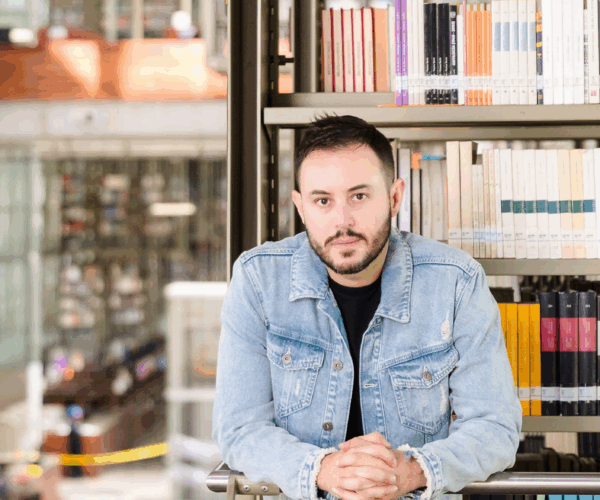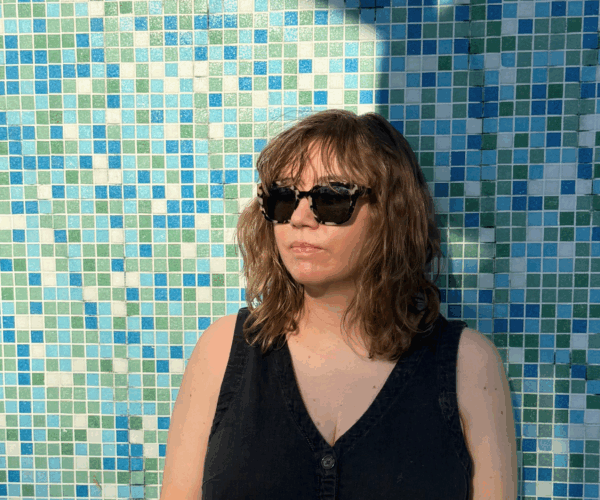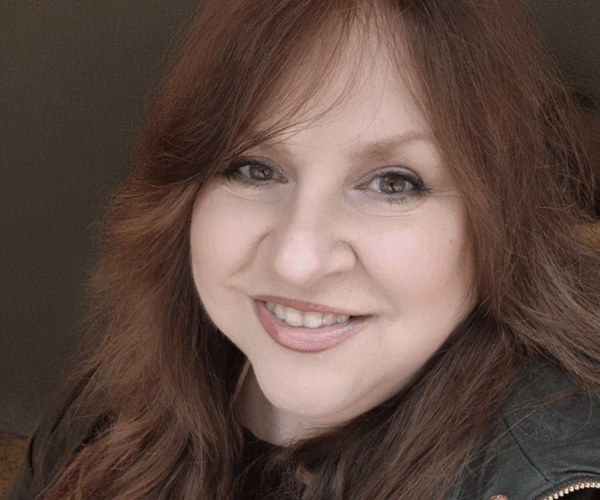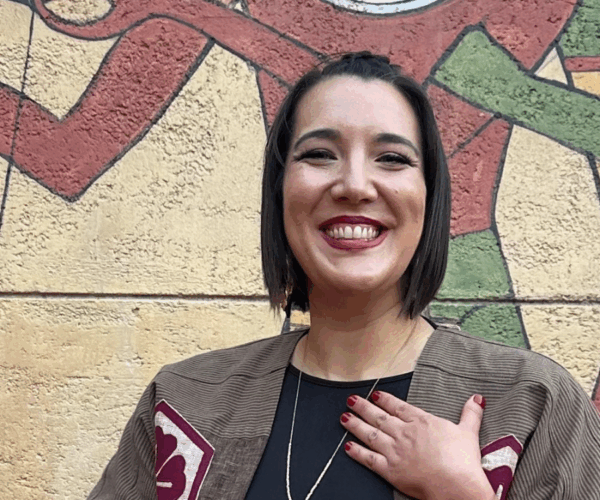Boot Camp Graduate: Yanel Sáenz
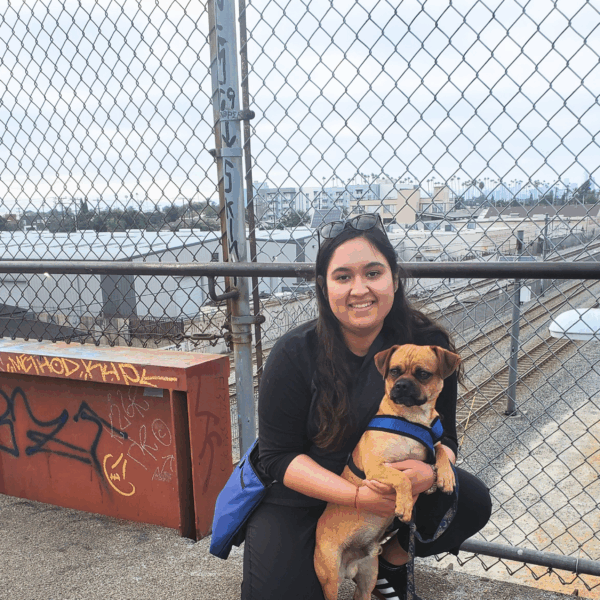
Boot Camp Graduate
Yanel Sáenz

Hello, Yanel! First, can you tell us a bit about yourself and your personal connection to preserving historic and cultural places in your community?
I live in the Florence-Firestone and Watts communities of South Central Los Angeles, and I was in the second cohort of the Boot Camp program in 2021. Florence-Firestone is an unincorporated community uniquely situated at the border of South Central and Southeast Los Angeles. It’s a very diverse community with many small businesses and street vendors. I grew up here and still live here, so I feel very connected to it. It’s not generally thought of as a historic neighborhood and I wouldn’t have thought of it as one growing up, but after researching and looking through the archives that are publicly accessible online, I realized “Wow, there is so much history here, it just hasn’t been uncovered yet.” There was a book published in 2018, A Paseo Through Time in Florence-Firestone, that also sparked my interest in the history of our community because it was the first book focused solely on Florence-Firestone and its heritage.
My personal passion for preserving historic and cultural places in my community started with the Florence Library. In 2019, the Florence Library was demolished to make way for an affordable housing complex, and it was done in a really untransparent way that infuriated many community members. The library was an important and beloved asset in our community. Built in 1970 on Florence Avenue, it was centrally located, well–attended, and very beloved. The library would have celebrated its 50th birthday in 2020. Before the library was demolished, myself and others in the community formed a group called Juntos Florence-Firestone Together to save the library. One of our ideas was to make the library a historic landmark. I remember thinking, “That’s a great idea, but I’m clueless about that process.” It planted a seed to start looking into historic preservation as a way to prevent further loss of historic buildings in our community and avoid the erasure that can come with gentrification or continued development. At the time, there were no protections in place in Florence-Firestone—everything was a free-for-all. The library really kicked off our community-led preservation.
So, what led you to participate in the Conservancy’s Community Leadership Boot Camp program?
At the time, I was brand new to community-led preservation. We were just starting to dip our toes in with Juntos Florence-Firestone Together. A few months prior, I had reached out to the Los Angeles Conservancy for advice and support with another landmark under threat in our community, the Florence Car Wash. The iconic Florence Car Wash sat right next to the Florence Library, and it was under threat of demolition to build a new housing development. The library had already been demolished by this time, and now another historic place was at risk of the same thing happening on the same block. I thought, “Okay, maybe we didn’t get a chance to save the library, what can we do for the car wash?” That’s where my connection with the Conservancy started, and shortly after I learned about the Community Leadership Boot Camp program from Rosalind [Neighborhood Outreach Manager at the Conservancy]. It just seemed like a perfect fit and opportunity for what we were currently working on, and I definitely wanted to learn more about how I could preserve these places in my community, especially coming from a non-preservation background.
What have been your biggest takeaways or most valuable lessons from the program?
One of the most valuable lessons for me was learning how to frame your message and the importance of how you present your case. In the Boot Camp program, we made presentations on historic sites that we were interested in and then presented our cases to the rest of the Boot Camp participants. We had to make the case for why our places were significant, deserving of preservation, and why they should be granted a landmark designation. That whole session was a really cool experience—learning about places the other participants’ had chosen throughout L.A. and then receiving feedback directly from the Conservancy staff on how we could improve our pitches. It taught me how important the framing of your message can be. A building might be important, but what makes it unique? Is it the only one of its kind? The first in the neighborhood? This was something we immediately implemented in our preservation efforts. For the car wash, we would pitch that it’s the only car wash left in Florence-Firestone with Googie–style architecture. I also learned how important political support is for your cause. Prior to Boot Camp, I thought historic preservation was more of an apolitical issue or something that I didn’t really associate with politics, but I learned you really do need support from your elected officials to push your work forward. The importance of advocating, networking, and getting people on board with your project at all levels was a big takeaway for me.
Since graduating from the Community Leadership Boot Camp program, how have you put the skills and learnings from the program into practice in your community?
A huge project we’ve accomplished since the Boot Camp program is advocating for a Historic Resources Survey through the Metro Area Plan. We knew a County planning effort was in the works, and Historic Context Statements were going to be taken for a few different communities in the Metro area, including Florence-Firestone. With the advice of the Conservancy, we advocated for a more detailed survey report. The County was able to secure a grant and hired a group of expert consultants to conduct the survey. Because of this, we now have an actual survey document with 112 total buildings identified, 61 of which are eligible for historic nominations. From having basically nothing on record for the Florence-Firestone neighborhood to now having an official Survey Report that we can use for future preservation efforts has been a major accomplishment. It’s also something that the L.A. County Planning department now has as a layer on their maps, so when new permit requests come in from developers, it’ll flag when the building has been identified as historic. It’s not full protection, but it’s a start. I’m really proud to have played a part in that.
Through that process, I was also able to contribute research that I had done to the Historical Context Statement and Survey Report. I did a lot of my own research using a guide that the Boot Camp program provided of different places where you can conduct research and how to go about it. I conducted a lot of my own research on Florence-Firestone that way and seeing some of it incorporated into the context statement was a very cool experience.
Any current preservation efforts or advocacy issues you’d like our members to know about? How can our members best support your efforts?
Yes, there is a current preservation effort we are working on related to the Florence Car Wash sign. The Florence Car Wash was an important landmark for Florence-Firestone. In my opinion, what the Watts Towers are to Watts—the Florence Car Wash was to Florence-Firestone. Unfortunately, the car wash was demolished in 2024, but the sign was spared. We are hoping the developer will hand over the original Florence Car Wash sign to the community, and we are currently in discussions about this. Our hope is that the original Florence sign can be restored and repurposed within Florence-Firestone in a publicly accessible setting, available for all community members to view and enjoy. At the moment, we need to figure out storage of the sign in a preservation friendly way. This is a long-term project, so any Conservancy members reading who have experience with storing and repurposing historic signs, case studies, lessons learned—we would appreciate any advice! You can follow along and get involved on our Instagram or juntosfftogether@gmail.com.
What’s one piece of wisdom or encouragement you’d like to share with someone considering participating in our Community Leadership Boot Camp?
You don’t need to be an expert to be in community-led preservation. For anyone considering participating, don’t be intimidated by the technical aspects, like writing a nomination application. Community-led preservation can look like many different things, and all types of skills are welcome in this work. Social media, photography, fundraising, letter writing, networking—they all have their place in this work. The most important thing is having a passion for it and participating.
